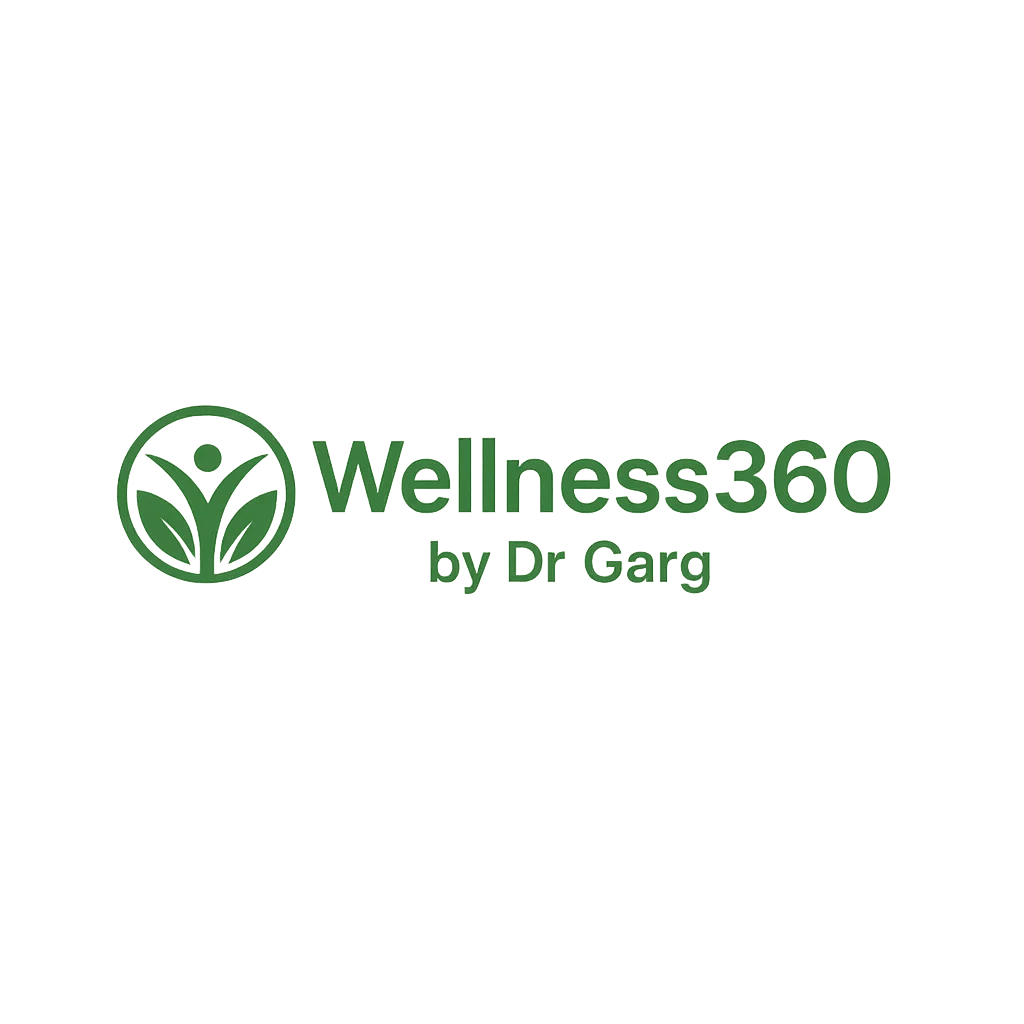Emily Jamea, Ph.D., is a sex therapist, author and podcast host. You can find her here each month to share her latest thoughts about sex.
September is Sexual Health Awareness Month.
I sat across from Jeremy and his wife, Sonia, in their first session with me. Sonia was fuming. Jeremy fidgeted, eyes fixed on the floor.
“I think he has a porn addiction,” Sonia declared. “This is getting out of hand.” Her anger suddenly broke, revealing sadness. “I just know he’s going to lose attraction to me. I can’t compete with the women he’s masturbating to.” Tears filled her eyes. “I’m approaching menopause, and he’s looking at twenty-somethings. It’s gross,” she added, her tone shifting once again to disgust.
Jeremy’s cheeks flushed. He glanced up, searching my face for judgment.
I took a slow breath, inviting them both to pause. Then I turned to Sonia. “I know how scary this feels for you. I hear your desire to protect the connection you and Jeremy share. Right now, it feels threatened, and that’s a lot to carry.”
Instead of interrogating Jeremy about the details of his porn use, I suggested we first explore their values around sex, connection and pornography.
Sonia and Jeremy had been together for nearly two decades. Sexual frequency had tapered, as it often does, to once or twice a month. They both described sex as satisfying when it happened. No long-standing resentments or betrayals before this porn use came to light. But since her discovery, Sonia had grown hypervigilant — checking Jeremy’s browser history and walking in on him unexpectedly. Porn had become the flashpoint for major conflict.
To Sonia, porn felt dangerously close to infidelity, but Jeremy disagreed.
“Tell me what motivates you to look at porn,” I asked gently.
“I swear I’m still attracted to my wife,” he said, defensively. “To me, she’s as beautiful as she was the day we met. She doesn’t believe me, but it’s true. Sometimes I’m just bored, or stressed, or it’s been a while since we made love. Sometimes it’s easier to take a couple of minutes on the computer than to risk rejection. We’ve been together for a long time. I know when it’s not a good time to approach her, and I’m fine with that. This has nothing to do with her.”
Sonia shook her head. “I don’t have an issue with him masturbating sometimes, but I don’t understand why he can’t just think about me.”
He looked pained. “I could.” In looking at him, I could sense he probably could give up watching porn — but not without some resentment that he was acquiescing to something he genuinely didn’t see as problematic.
I turned to Sonia. “We don’t realize how quickly we develop ideas about certain value-laden topics before fully educating ourselves on them. This is where I come in. I read the science so you don’t have to. I want to explain what the research says about porn and then explore if and how your feelings about it change once you know the facts. Would that be okay with you?” They both nodded.
I explained that the word “addiction” often gets thrown around when people talk about sex and porn. But the fact is, there is no official diagnosis of sex or porn addiction. The Diagnostic and Statistical Manual of Mental Disorders-5-TR, which is the most widely used manual to diagnose mental health disorders in the United States, doesn’t have a category for sex addiction. At one point, they strongly considered including “Hypersexual Disorder,” but there wasn’t enough evidence to back it up. Concerns included lack of consistent criteria for diagnosis, the risk of pathologizing normal variations in sexual desire and behavior, and that there could be cultural and moral bias influencing perceptions of “excessive” sex or porn use.
The ICD-11, which is the diagnostic manual used by The World Health Organization recognizes “Compulsive Sexual Behavior Disorder” as an impulse-control disorder, not a sex- or porn-specific addiction. In other words, the clinical concern isn’t porn itself, but rather when someone feels unable to regulate their sexual behaviors in ways that align with their values. An example would be a person who neglects work and family responsibilities to watch porn and can’t stop despite repeated attempts.
Unfortunately, public perception often paints porn as inherently bad, when science paints a much more nuanced picture. I highlighted eight key research points about pornography for Sonia and Jeremy.
- Porn alone doesn’t “light up the brain” to the extent we think it does. Watching porn certainly activates arousal pathways, but brain scans show the real intensity happens when we touch ourselves. In other words, it’s genital touch, not porn that really fires us up.
- Porn use can actually enhance arousal with a partner. In laboratory studies, people who viewed more porn showed increased — not decreased — arousal when engaging sexually with their partners.
- The brain responds uniquely to skin-on-skin contact. Some brain regions only turn on when touched by another human being. Porn, a vibrator and even a gloved hand can’t replicate this response.
- Porn can enhance women’s sexual satisfaction. Research shows women who watch porn report more consistent orgasms than women who don’t.
- Context matters more than porn itself. Most negative outcomes associated with porn use stem from guilt, shame or secrecy — not the porn itself. When porn is integrated into a couple’s value system, the feelings about it are often neutral or even positive.
- Guilt makes outcomes worse. People who feel guilty about porn use are the ones most likely to experience distress and relationship problems. In fact, abstinence-only approaches can backfire, worsening shame and even increasing risks of depression or suicidality when people “relapse.”
- Research that describes sex as an addiction is often biased. The studies that do claim sex and porn are addictive are typically conducted by organizations that have a financial interest in treating sex/porn addiction.
- Age and education matter. We do have some evidence to suggest that porn use can be problematic (still not addictive) when adolescents start early and view violent or harder core material especially in the absence of healthy sex education.
As I went through the data, Sonia’s expression slowly turned from one of skepticism to surprise. “What you’re telling me basically goes against everything I thought I knew about porn. I still don’t like it, but I had no idea that this is what the science says.”
“Most people don’t,” I affirmed. The anti-porn movement is strong, and at the end of the day, our culture is still largely rooted in puritanical values. “I’d like to see if we can shift the conversation away from fear and blame toward understanding and choice. At the end of the day, you are the only two people who can determine your values around porn use. But as you do so, I’d really like you to think about how sexual privacy (not secrecy) and autonomy fits into your partnered sexual experiences. Sonia, I am curious how it might help if we established some boundaries and expectations around Jeremy’s porn use.”
Jeremy looked relieved. “I really have nothing to hide,” he said. “I’m responsible about my use. I am extremely careful to watch only ethically and legally produced content. It’s literally a quick means to an end, just like your vibrator is to you sometimes. I can’t compete with BOB’s magic (Sonia’s nickname for her ‘battery operated boyfriend’).”
“Well, you got me there …” she chuckled.
I explained that pornography, like any form of entertainment, can be misunderstood when people forget it’s a fantasy. Just as we don’t expect action movie fans to reenact car chases or shootouts, we shouldn’t assume porn viewers want to replicate everything they see on screen or that watching porn is going to affect someone’s sexual value system. I also informed Sonia that there was actually a whole category of ethical porn produced for women by women.
“It’s going to take some time for me to really explore whether I can shift my mindset, but I suppose I’d be willing to see if I can as long as Jeremy and I still have a good connection,” Sonia admitted.
“I think that’s a great place to start. At the end of the day, porn is neither inherently good nor bad — it’s how couples navigate it that matters. With open dialogue, shared values and accurate information, you can turn a source of conflict into an opportunity for deeper trust and connection.”
Not all pornography is created equal. Some content may involve people who have been trafficked or who are underage. Be a responsible consumer — seek out ethical sources that prioritize consent, safety and transparency. There are even producers creating porn specifically by women, for women, with a focus on authentic pleasure and diversity.
If you or your partner is experiencing sexual difficulties you think might be related to porn, know that it’s unlikely the porn itself is the root cause. More often, the challenge lies in navigating the natural complexities of partnered sex compared to the ease of solitary self-pleasure. With patience, communication and sometimes professional guidance, most couples can overcome these challenges and reconnect with intimacy in meaningful ways.
From Your Site Articles
Related Articles Around the Web









:max_bytes(150000):strip_icc()/Health-ice-cream-recall-726de96d281947eba1a58477f62893c6.png?w=120&resize=120,86&ssl=1)










